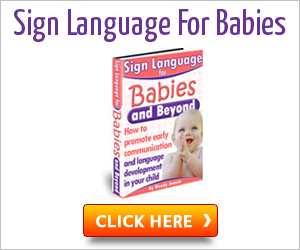Sign Language Symbols
Sign language can be effectively used to communicate between two people who cannot understand each other’s language. It is the main mode of communication between people who are deaf or hard of hearing and speech impaired.
Over a period of time, sign language has evolved into a comprehensive language i.e. a language unto itself with all the rules and grammar found in other languages. Sign language is also not universal. It is not the same in every country and every region. It varies from place to place depending on what language the people speak there.
It involves the use of hand gestures and symbols, facial expressions, mouthing, finger spelling, etc. The American Sign Language is both a visual and manual language. Thoughts and information are expressed with the use of hand movements, orientation of the palm, making hand shapes, arm and body movements, expressions of the face, etc.
Sign language symbols are an integral part of any sign language as this language is more visual in nature. Making signs with the hands and palm plays a major role in expressing ideas and feelings. Using symbols also makes it easy for people who do not know the sign language to understand the communication to a certain extent.
Sign language symbols are generally symbols depicting words or objects which are popular. This is mainly done with the help of hand shapes. There are a total of 150 hand shapes in American Sign Language. These symbols are similar to linguistic sounds. Some of these hand shapes include – using the fist with the thumb on the side to show letters A or the number 10, using the fist with the thumb on the front to refer to letter S, using fist with thumb between the middle and index finger to refer to letter T, flat hands with fingers positioned together for letter B, flat hands keeping fingers apart to convey the number 4, clawed or spread hands to convey 5 or E, cupped hand showing C, thumb touching the tips of the finger to show the letter O, etc.
Using the sign language symbols effectively involves some training in that particular language. Symbols also include other objects or phrases which are shown by hand shapes. For example using hand shapes to show a tree, a flower, a chair, etc.
Phrases like how are you, I love you, etc is conveyed using symbols as well as mouthing. There are variations in the symbols used in different languages. This depends on the alphabets pertaining to that particular language.
Parts of the body which are used for depicting symbols are the whole face, head, the neck, the upper arm, the trunk, upper arm, forearm, inside of the wrist, back of the wrist, etc. In the American Sign Language for example, tapping the upper face with a five hand mean “father”, tapping of the lower face depicts the word “mother” and tapping of the torso or the chest signifies “fine”.
Symbols and signs are thus a very important part of any sign language and one has to be fluent in the knowledge of these sign language symbols in order to communicate effectively.



